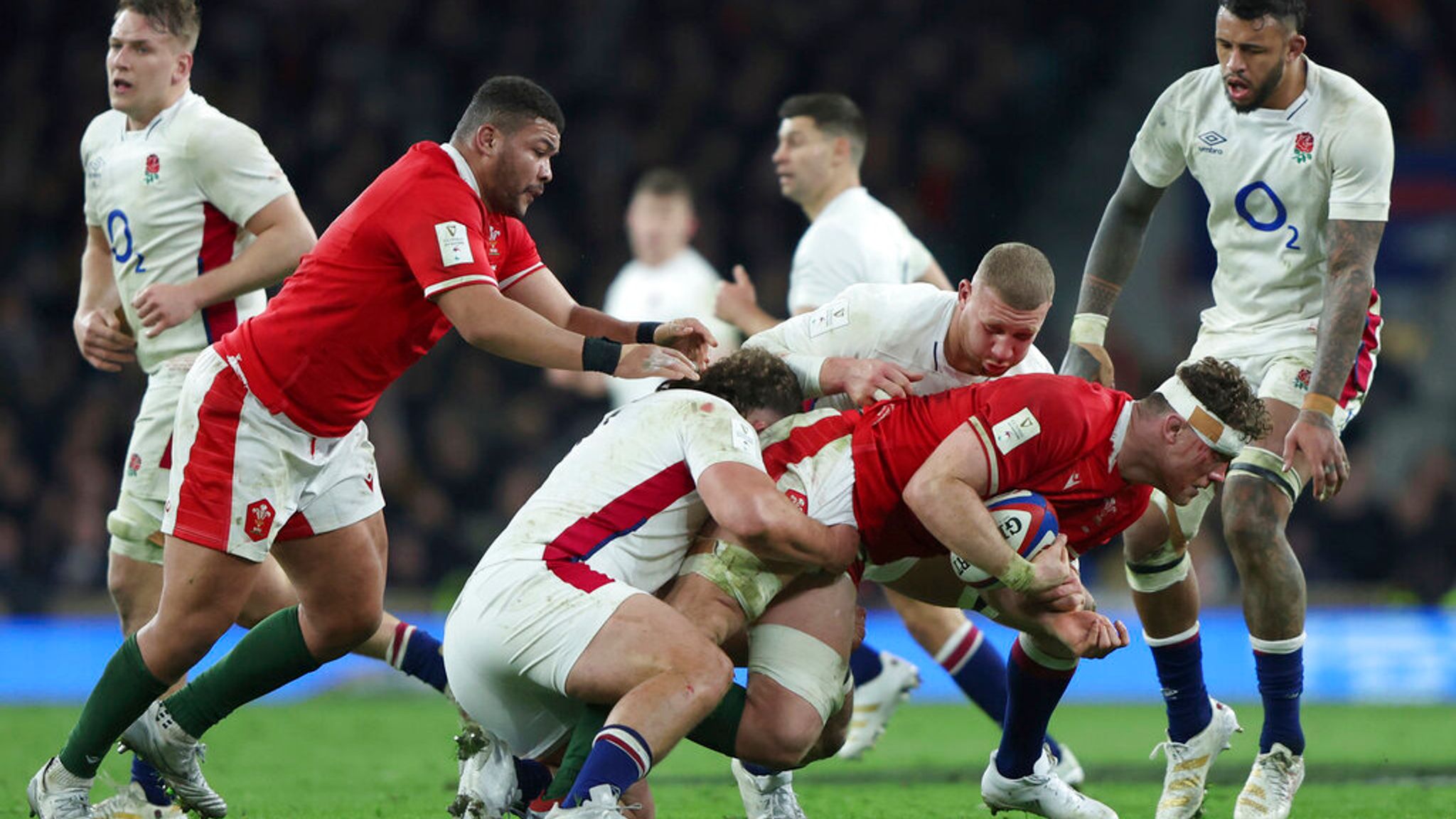Rugby is a contact sport that requires a range of skills, including tackling. There are different types of tackles in rugby, each with its own technique and purpose. In this article, we will discuss 10 different types of rugby tackles.

- Front-on Tackle The front-on tackle is the most basic and common tackle in rugby. It involves stopping the ball carrier by wrapping your arms around their waist and driving them to the ground. The key to this tackle is to get your head behind the ball carrier and drive your shoulder into their midsection to stop their momentum.
- Side Tackle The side tackle, also known as the “smother tackle,” involves tackling the ball carrier from the side. This tackle is effective in situations where the ball carrier is running at an angle and cannot be tackled front-on. To execute a side tackle, you need to get low and drive your shoulder into the ball carrier’s hip or thigh.
- High Tackle The high tackle involves tackling the ball carrier above the shoulders. This type of tackle is risky as it can result in a penalty or a yellow or red card. However, it can be effective in stopping a player who is trying to jump over a tackle or who is taller than you. To execute a high tackle, you need to wrap your arms around the ball carrier’s shoulders and bring them down to the ground.
- Chop Tackle The chop tackle is a low tackle that involves hitting the ball carrier’s legs to bring them down. This type of tackle is effective in stopping a player who is running at full speed or who is taller than you. To execute a chop tackle, you need to get low and hit the ball carrier’s legs with your shoulder or arm.
- Scissor Tackle The scissor tackle involves two defenders tackling the ball carrier at the same time. One defender tackles the ball carrier’s legs, while the other tackles their upper body. This type of tackle is effective in stopping a player who is strong or hard to bring down. To execute a scissor tackle, you need to coordinate with your teammate and time your tackles.
- Tap Tackle The tap tackle involves tapping the ball carrier’s ankles to trip them up. This type of tackle is effectivewho is running away from you and is difficult to catch. To execute a tap tackle, you need to approach the ball carrier from behind and tap their ankles with your hand or foot.
- Cover Tackle The cover tackle involves chasing down a ball carrier who has broken through the defensive line. This type of tackle is effective in preventing the ball carrier from scoring a try. To execute a cover tackle, you need to sprint towards the ball carrier and time your tackle to stop them just short of the try line.
- Fend-off Tackle The fend-off tackle involves using your arms to push the ball carrier away from you. This type of tackle is effective in stopping a player who is smaller than you or who is trying to run past you. To execute a fend-off tackle, you need to use your arms to push the ball carrier away from you while maintaining your balance.
- Wrap Tackle The wrap tackle involves wrapping your arms around the ball carrier’s waist and lifting them off the ground. This type of tackle is effective in stopping a player who is trying to offload the ball or who is difficult to bring down. To execute a wrap tackle, you need to wrap your arms around the ball carrier’s waist and lift them off the ground while driving them towards the sideline.
- Hammer Tackle The hammer tackle involves hitting the ball carrier with maximum force to stop their momentum. This type of tackle is effective in stopping a player who is running at full speed or who is difficult to bring down. To execute a hammer tackle, you need to get low and hit the ball carrier with your shoulder or arm with maximum force.
In conclusion, tackling is a crucial aspect of rugby that requires technique, coordination, and physicality. Different types of tackles are used depending on the situation and the ball carrier’s position, size,
